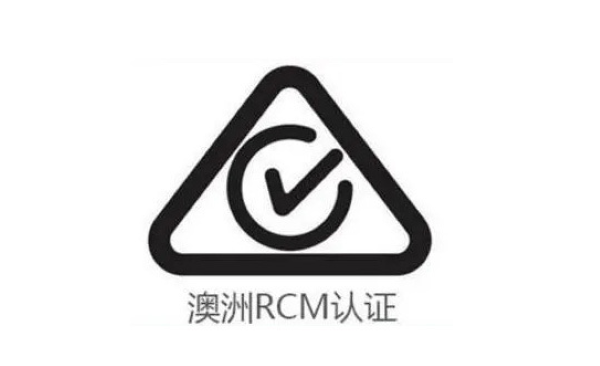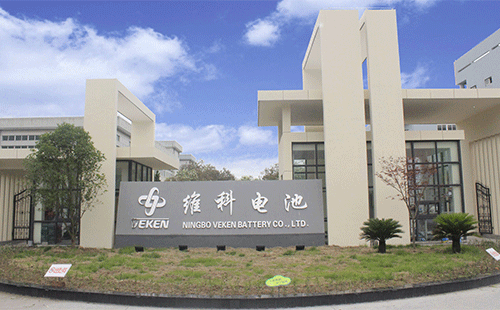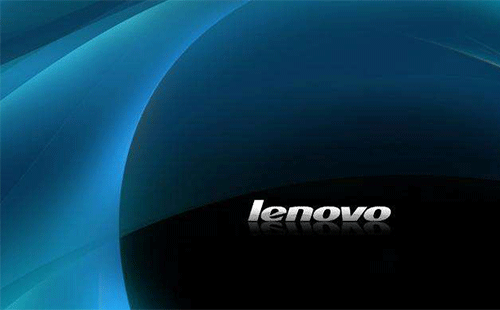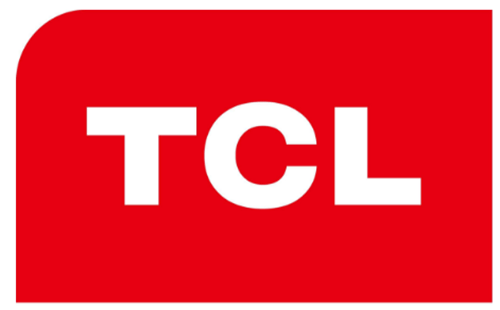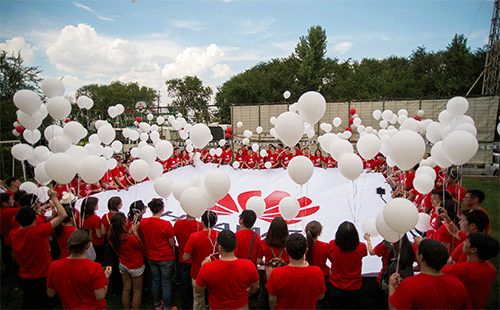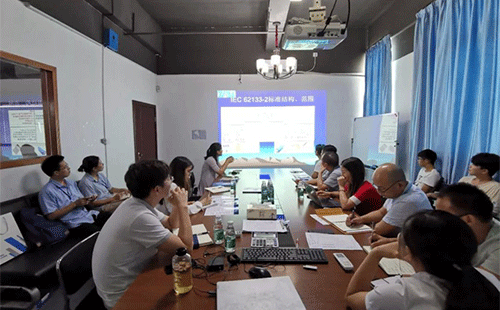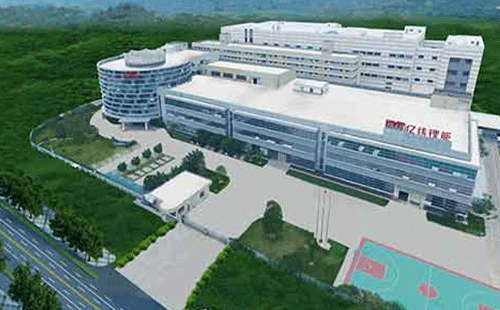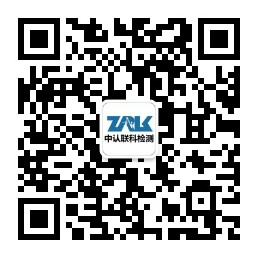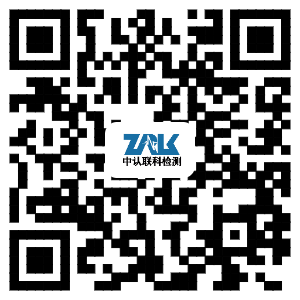On July 24th, 2024, the Canadian Ministry of Innovation, Science and Economic Development (ISED) issued the radio standard specification RSS-133 Issue 7, which is a personal communication service device operating in the frequency bands of 1850-1915 MHz and 1930-1995 MHz, replacing the 2nd GHz personal communication service issued on January 18th, 2018.
At the same time, SRSP-510 Issue 6 and SRSP-503 Issue 9 were released, in which SRSP-510 Issue 6 stipulated the technical requirements of Personal Communication Services (PCS) in 1850-1915 MHz and 1930-1995 MHz bands. SRSP-503 Issue 9 specifies the technical requirements for cellular systems operating in 824-849 MHz and 869-894 MHz bands.
The main updates of the new standard RSS-133 Issue7 are as follows:
RSS-133 Issue 7 is a personal communication service device operating in the frequency bands of 1850-1915 MHz and 1930-1995 MHz.
1. The maximum transmitter power requirements of fixed stations, base stations and user equipment are increased.
2. The total radiation power requirement of active antenna system (AAS) equipment is increased, and the total radiation power requirement of useless emission is increased in Section 5.6.
3. Definitions have been added to clarify the terms used.
4. Deleted the part about receiver stray emission, because this is a requirement in RSS-Gen
5. The requirements for Mobile Equipment Identifier (MEID) and International Mobile Equipment Identification (IMEI) are cancelled because they are no longer needed.
6. Modernized to reflect the current structure of radio standards.
7. Editorial changes and clarifications were made as appropriate.
Technical requirements for personal communication service (PCS) in SRSP-510 Issue 6 1850-1915 MHz and 1930-1995 MHz bands:
1. Incorporate technical rules to promote the deployment of AAS;
2. The whole document was edited and updated.
Technical requirements of SRSP-503 Issue 9 824-849 MHz and 869-894 MHz cellular systems (including flexible use of broadband systems):
1. ICS table (used to reflect all the functions of bluetooth profile in this design);
2. Test statement (fill in the test plan of each item).
Warm tips
ZRLK has been focusing on the testing and certification of consumer electronic and electrical products for 20 years, always paying attention to the changes of laws and regulations in various countries, and providing customers with one-stop testing and certification services to ensure that your products enter the target market quickly. If you want to know more about the requirements of ISED certification in Canada or have products that need ISED certification in Canada, please feel free to contact us, and our engineers will serve you as soon as possible!




